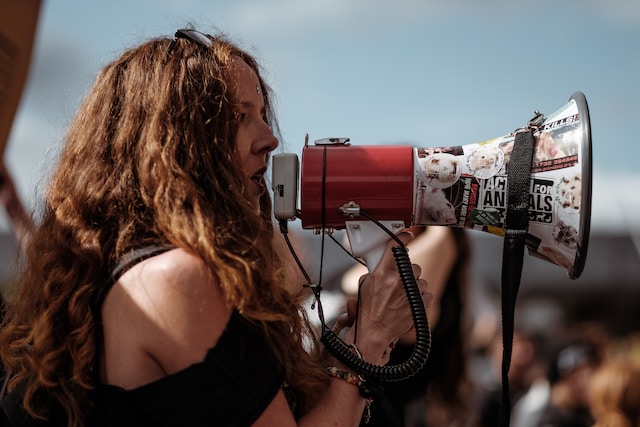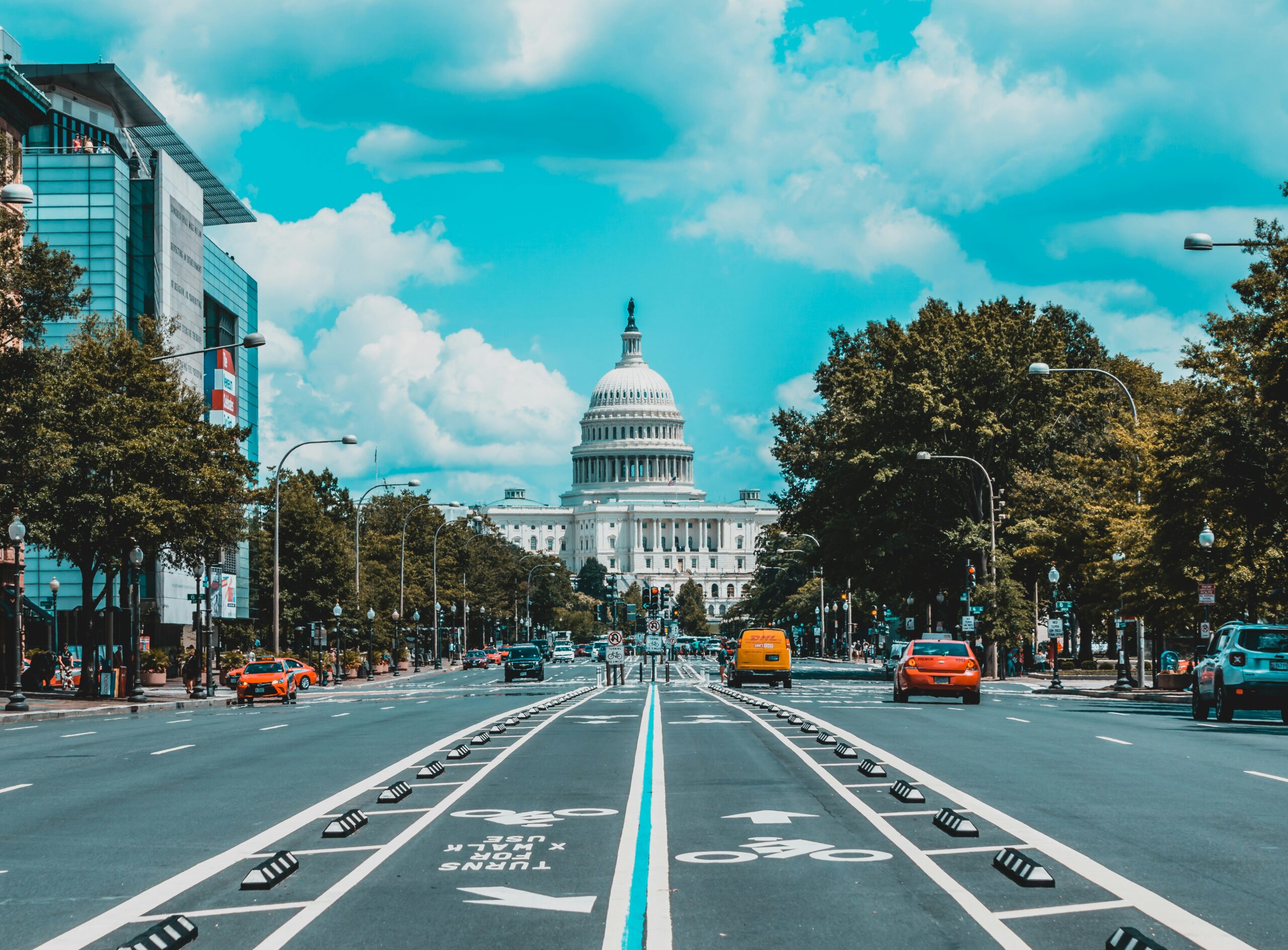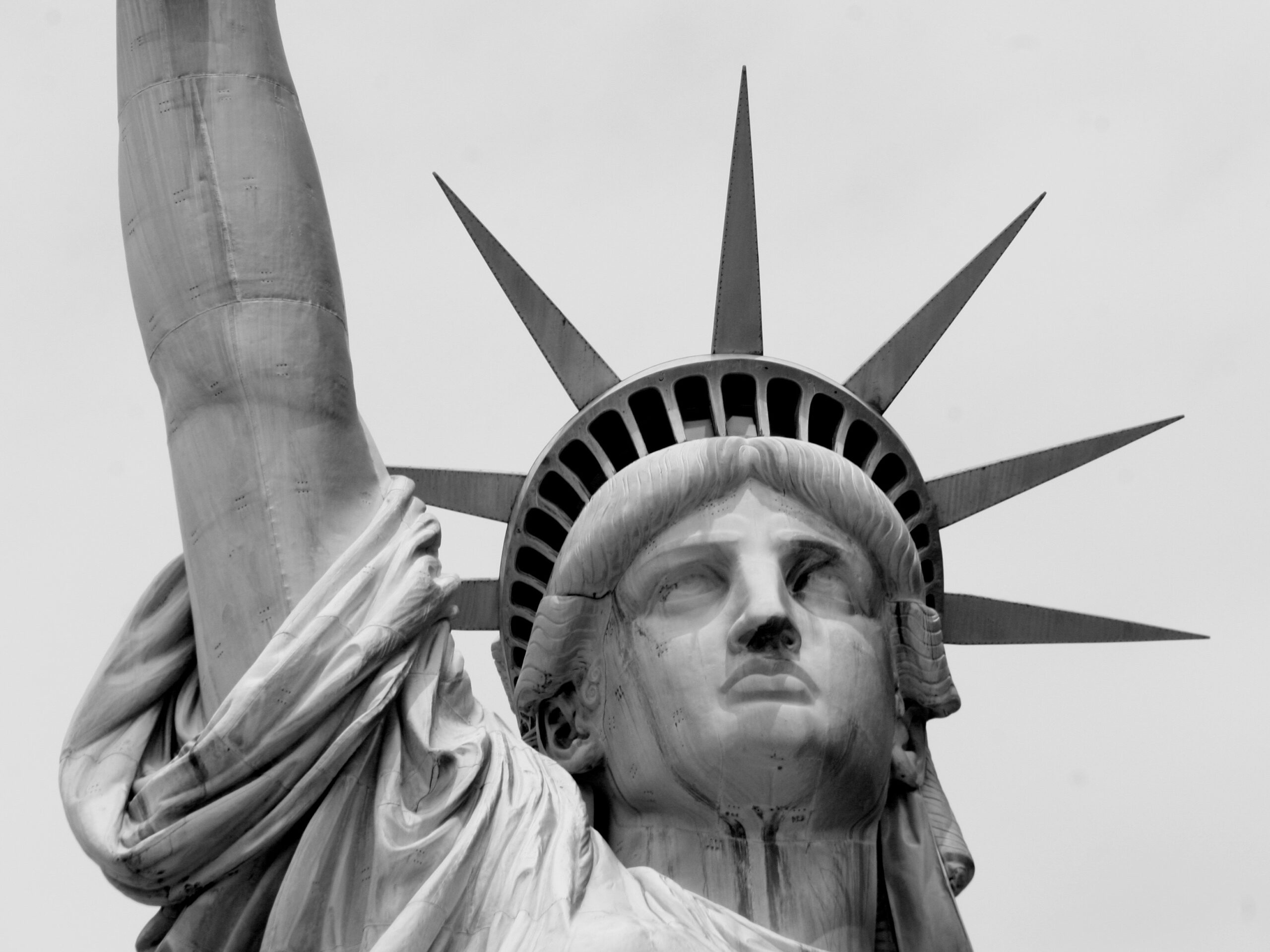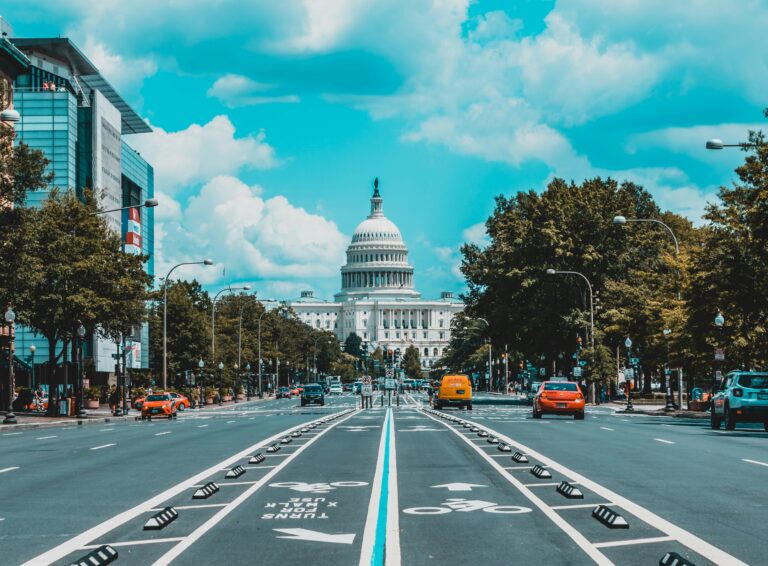The Department of Justice might be one of the nation’s most powerful agencies, but a closer look at its operations reveals layers of inefficiency, overlapping programs, and questionable spending, all paid for by taxpayers.
With an annual budget of $67 billion, the DOJ oversees everything from the FBI and the DEA to the Bureau of Prisons and the ATF. But buried within that massive operation is a patchwork of grants, special funds, and even SWAT teams that raise serious questions about government efficiency.
Each year, the DOJ gives out roughly 11,000 grants totaling nearly $5 billion to nonprofits and local or state governments. The intent is to reduce crime and improve public safety, but the data tells a murkier story. According to recent findings, about 7% of grant recipients are listed as “unknown.” That means no public data exists to show exactly where hundreds of millions of dollars are going.
For the remaining 93%, the money flows mainly to large states, California, Texas, Florida, and New Jersey, and major cities like Chicago and Milwaukee. Big-name organizations such as the Boys and Girls Club of America receive funds, alongside less familiar groups like the Institute for Intergovernmental Research, a Washington-area nonprofit that pulls in billions for government consulting and coordination projects.
Policy experts argue the problem isn’t just who gets the grants, it’s that there’s little accountability across DOJ sub-agencies. “There’s really not a central hub making sure sub-offices aren’t duplicating efforts,” said Jeremiah Mosteller, policy director at Americans for Prosperity. “We could be double-paying for the same projects or targeting the same problems without realizing it.”
Another concern lies in the DOJ’s Asset Forfeiture Fund, where seized property and cash from criminal and civil forfeitures are held. The fund’s purpose is to reimburse state and local law enforcement for their cooperation in federal cases. But over the years, the DOJ has routinely dipped into that account, creating what critics describe as a “slush fund” for discretionary spending. Redirecting those excess funds, Mosteller noted, could save taxpayers $15.5 billion over the next decade.
Altogether, reforming DOJ operations, from consolidating SWAT teams to tightening oversight of grant programs and asset funds, could help trim federal spending without touching essential services. Mosteller estimates those changes, combined with other agency cuts, could push total savings beyond $2 trillion over ten years.









